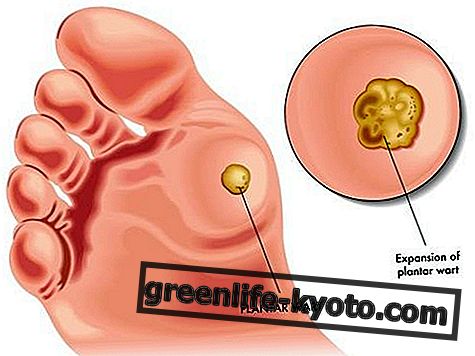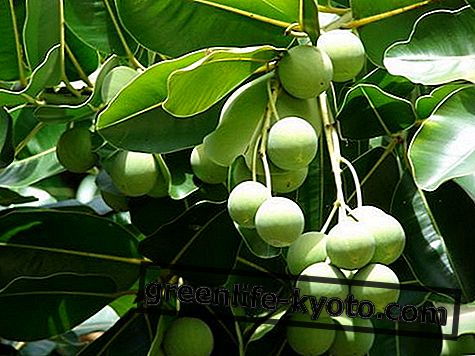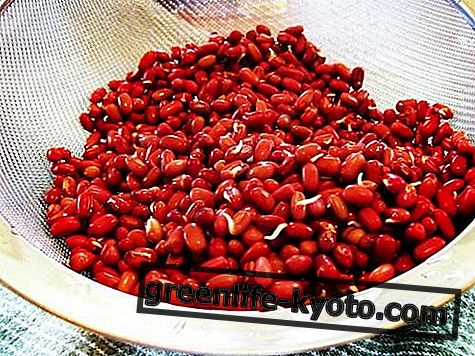The Mother Tincture is a herbal remedy, very common in Phytotherapy, which allows to enclose in a liquid form the healing properties of the plants, to preserve them for a long time, to facilitate the absorption of the active ingredients and to improve the comfort of use.
We offer a selection of mother tinctures most used in phytotherapy, with detailed description of the properties ; botanical characteristics of the plant, from which it is extracted, information on the part used in which the active ingredients are found, the balsamic time for the collection, the therapeutic use and the preparation procedure .

What is meant by mother tincture
The mother dye (TM) is a hydroalcoholic extraction, obtained by cold maceration of fresh plant material, in a solution of water and alcohol . This preparation represents the starting point of other herbal and galenic preparations: for this reason it is called " mother " and can be obtained from all herbs and medicinal plants.
The mother tinctures are used in herbal medicine for the treatment of various disorders and are obtained by letting the commonly used part (leaves, flowers, roots, barks, seeds, resins) slowly macerate cold, in order to extract and preserve its properties. Therefore from each plant species a specific mother tincture can be obtained, with the same activities as the plant part used.
These hydro-alcoholic solutions have a higher concentration of active ingredients, compared to herbal teas, since with the infusion or decoction, in which the solvent is water, only the water-soluble active ingredients are extracted. In fact, thanks to the extractive properties of alcohol, it is also possible to obtain those active ingredients that are not soluble in water, such as essential oils.
Effects and properties of the mother tincture
The mother tincture is not a homeopathic product, but it is an herbal extract, as it contains unaltered the plant's phytocomplex, that is the set of its active ingredients. The effects change in relation to the plant that was used for the preparation, because the properties and indications of use are the same as those of the plant species from which it derives.
Being a type of liquid extraction, the absorption by the organism is almost immediate and for this reason all the main plants are present in this form.
Drugs and balsamic time
The " drug " is the part of the plant in which the active ingredients reside , which give it the therapeutic activities . The concept of drugs has unfortunately been negatively altered in our days, so that in the common sense we mean the narcotic substance; while in phytotherapy it designates the raw material used in herbal preparations.
The mother tincture possesses the synergistic action of the active ingredients that contribute to obtaining a certain effect. The main drugs can therefore be represented by: whole plant (roots, stem and leaves), aerial part (stem and leaves), roots ; leaves, flowers , seeds, fruits, bark, resins .
The presence and concentration of active ingredients in a drug depends on the vegetative phase of the plant, therefore the collection of the plants must be carried out according to the species, to its vegetative cycle (period in which the plant grows, reproduces, matures and goes into state of rest) and the part we need . For this reason the drug is collected in a very specific period called " balsamic time ". In most cases, if the drug consists of leaves or flowers, the best time for harvesting normally coincides with the time of flowering (better at the beginning); when instead the drug corresponds to the roots or rhizomes it is necessary to take advantage of the period of vegetative rest, which usually occurs in the winter period .
Preparation of the mother tincture
After having chosen the drug and having collected it in its precise balsamic time, it must be put to macerate, still fresh, in the solvent . In the mother tinctures the solvent, as we have said, consists of alcohol, suitably reduced in gradation, by means of a table showing the dilution parameters, so as to lower the alcohol volume to the desired degree. The average gradation used for the hydroalcoholic solution is 50 degrees (50% alcohol and 50% water by volume) with variations, depending on the type of drug and the active ingredient, from 20 degrees (20% alcohol by volume) at 80 degrees (80%).
It uses pure alcohol at 95 ° (the one for the preparation of liqueurs), and mixes with distilled water until it reaches the appropriate gradation for the drug, on which we intervene: leaves, roots, barks, seeds have a consistency and tissues different, so from time to time you will need a more or less high gradation.
There are various methods of extraction, but generally in the preparation of mother tinctures a 10: 1 (or 5: 1) dosage is used, ie 10 parts of a water-alcohol solution for a part of the drug; therefore in a 10 to 1 ratio 100 grams of solution with 10 grams of drug will be mixed. It is then left to macerate in cold for at least 3 weeks, shaking regularly in a glass jar in the dark. After about 21 days, the so obtained macerate is first subjected to filtration, then through the squeezing procedure it is put to rest for at least two days, in a completely dark place, away from direct light.
The operation is carried out in such a way as to obtain a quantity by weight of mother dye ten times greater than the weight of the dehydrated fresh plant (1:10). Therefore, through this procedure the active ingredients are extracted , eliminating undesired components from the drug and obtaining a more practical and stable form .
In Italy, for the sale to the public, the production of mother tinctures is allowed only to the authorized Pharmaceutical Workshops, which undertake to strictly comply with the Standards for good manufacturing and for Quality Control, required by the Official Pharmacopoeia.
Mother tinctures and their use
The intake of mother tinctures, due to their liquid form, is first of all an immediate absorption, compared to tablets or capsules. They should be taken in drops (from 20 to 120 drops per day), diluted in half a glass of water and generally drunk away from meals. However, the dosage and the time of intake depend on the therapeutic activity of the chosen plant, while the recommended period of use is about 2 months.
Mother tinctures: the virtues of plants rest in drops
In collaboration with Erboristeria del Pigneto













